In addition to the other answers here, we should also consider the role and cost of DC/DC converter technology driven by global regulations around AC/DC efficiency.
Especially the no-load power draw requirement forced the displacement of the "transformer plus linear regulators" with SMPS. This began in 2004, 16 years ago.
This is one of those champion examples where government regulation was necessary to push all vendors of consumer products to adopt an initially more expensive technology and pass on the cost to the consumer in a highly price competitive industry. Without regulation there would have been little incentive to do so.

The EPA estimates that external power supply efficiency regulations implemented over the past decade have reduced energy consumption by 32 billion kilowatts, saving $2.5 billion annually and reducing CO2 emissions by more than 24 million tons per year.
https://www.digikey.ca/en/articles/efficiency-standards-for-external-power-supplies
The market for buck/boost converters is driven by the growth of battery operated and power-constrained complex digital devices (phones, tablets, IoT, automotive etc..), where market demand and new technology go hand in hand, as in a fly-back.
